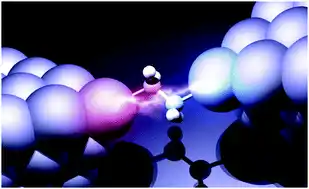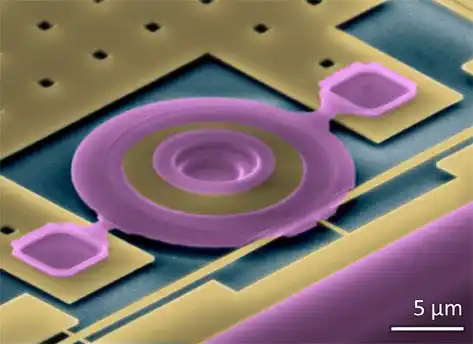افشین رشید
اُستادیار ؛ عضو هیات علمی دانشگاه آزاد اسلامی واحد علوم و تحقیقات تهران
615 یادداشت منتشر شدهMEMS (Nano and Micro Electromechanical Systems) Polysilicon Deposit

Note: To fabricate and prepare (nano and micro electro -mechanical MEMS ) systems , a thin film of polysilicon is deposited on silicon dioxide. For example, polysilicon can be deposited in an LPCVD system at 600 degrees Celsius in a confined space of silane (SiH4) .
In the manufacturing process of (nano and micro electro -mechanical MEMS) systems, the deposition rate under normal conditions is 65 to 80 angstroms per minute (Almin), which minimizes internal stress and prevents bending and folding . (The thin polysilicon film must be stress-free or have a tensile internal stress). The thickness of the thin film is more than ((4)) microns.

As in step 5 (polysilicon deposition ) for the fabrication microelectromechanical MEMS)systems, the average diameters of the carbon nanofibers presented are from 125 to 150 nm depending on their grade and length from 50 to 100 μm. The diameter of these nanofibers is much smaller than that of continuous or milled carbon fibers (5-10 nm) and significantly larger than that of carbon nanotubes (1-20 nm), yet they have many of the same advantages. Carbon nanofibers are refined after production in order to impart various properties onto the surface. Generally, there are three types of nanofibers available in the fabrication and preparation of (nano and microelectromechanicalMEMS) systems. Pyrotically simple to remove surface hydrocarbons and produce a pristine surface for chemical bonding. This type of nanofiber also acts as a precursor to the other two listed. It is thermally annealed at 1500°C to provide the best combination of mechanical and electrical properties, while it is annealed at 2900°C to produce a catalyst-free product and maximize thermal conductivity properties in composites. Carbon nanofibers (CNF) are discontinuous, highly graphitic, highly compatible with most polymer processing techniques and can be dispersed in either isotropic or anisotropic states. CNFs have excellent mechanical properties, high electrical conductivity, and high thermal conductivity that can be transferred to a wide range of matrices including thermoplastics, thermosets, elastomers, ceramics, and metals. They arestep 5 (polysilicon deposition ) for the fabrication of nano- and micro-electromechanical systems(MEMS). Carbon nanofibers also have a unique surface area, which facilitates functionalization and other surface modification techniques to tailor and engineer the nanofibers to the host polymer or its application.

In step 5 (polysilicon deposition ) for the fabrication of nano- and micro-electromechanical systems (MEMS) , nanopolymers, unlike most composites, cannot be separated in solutions and contain amino groups as the main constituent materials, which may be composed of all combinations of carbon, oxygen and nitrogen atoms, depending on the chemical nature of the monomers used in the synthesis of the polymer. A polymer or copolymer material containing dispersed nanoparticles is a nanopolymer. These nanopolymers can be linear or branched. Linear nanopolymers or polymalic acid have functional groups distributed along the entire length of the polymer , while branched polymers such as dendrimers usually carry them on the surface of the molecule. Nanofiber is a term used to refer to fibers with a diameter of less than 500 nm. When the diameter of polymer fibers is reduced from microns to a few hundred nanometers, they can achieve amazing properties such as very high surface area to volume ratio, suitable flexibility and high mechanical performance for the construction of (nano and micro-electro -mechanical MEMS) systems. The main property of the fibers is a very high length to diameter ratio. Micron fibers are fibers in which the filaments are less than one denier in mass per gram per 9000 meters. Less than one micrometer is called nanofibers. These fibers with relatively short lengths of several microns and with a diameter of less than 500 nanometers, such as (nano and micro- electro-mechanical MEMS) systems, are of various one-dimensional structures. In general, there are several methods for producing nanofibers, some of which include the stretching method, multi-component fiber separation, molding method, blowing, phase separation, self-assembly of macromolecules, electrolysis , etc. The process of producing polymer fibers with a diameter of sub-nanometers.
Conclusion :
To fabricate and prepare nano and micro electro -mechanical systems (MEMS ) , a thin film of polysilicon is deposited on silicon dioxide. For example, polysilicon can be deposited in an LPCVD system at 600 degrees Celsius in a confined space of silane (SiH4) .